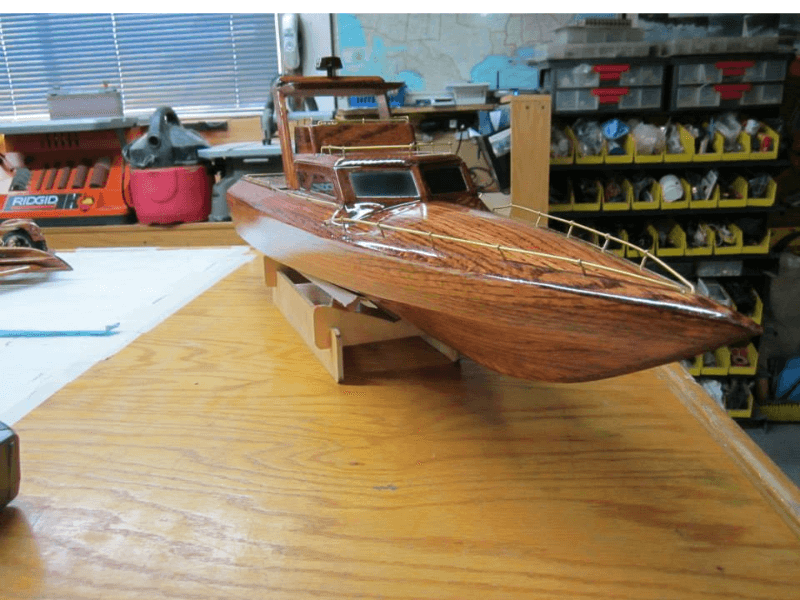Boat building is one of the skills that requires one to be very careful and precise in all the steps when making it. You have to carefully take into consideration the material you will use to ensure that the boat will be safe, durable, and last for many years. One of the popular materials boat builders uses is wood. This is because the wood has natural beauty, is strong, and it is easier to work with. While there are many types of wood we use in boat building, red oak is one of the most popular woods we use.
However, over the years, the stability of red oak in boat building has raised some debate among boat builders about whether they can use red oak in their construction. In this article, we will check on whether we can use red oak for boat building as well as discuss some important points to note before using it.
The stability of red oak in boat building
Considering that the boat is more exposed to water, boat builders, therefore, need to use wood that can withstand the constant exposure to moisture and humidity and the stresses and strains that come along with the marine environment.
So can red oak match the conditions required in the boat?
Well, red oak possesses some of the best properties for boat building, such as being a very strong wood and also being durable. However, red oak has been criticized for not being resistant to external factors such as moisture and things that cause decay in wood. If red oak senses moisture changes, it gets susceptible to swelling and shrinking, which later results in cracking.
While red oak may not be the first choice for boat building, it is possible to use it if certain precautions are taken to ensure its stability. By following specific steps during the preparation and construction process, red oak can be made suitable for this purpose
Making Red oak Stable for boat building
Since the changes in moisture and decay are the ones that largely affect the stability of red oak in boat building, we can fix these problems by introducing finishing and wood treatment methods as the solution.
Effective ways of finishing red oak making it resistant to moisture and decay

Using film-forming finishes such as Penetrating sealers.
Sealing the wood is one of the most popular practices in many projects where we use wood that is prone to moisture. This is so that sealers, which create a water-repellent surface on the wood, can shield it from moisture. One of the most common sealers we use in boat construction is penetrating sealer. It is easy to penetrate deeply into the wood and forms a strong bond that can withstand moisture.
Using Epoxy
Depending on the application, we can use various materials as efficient sealers for red oak in boat construction. But historically, epoxy has been regarded as a trustworthy sealant, especially for the red oak used in framing. However, we advise you to only use full packaging and to use stock that is no thicker than 3/4″.
Shellac and a digital moisture meter:
The digital moisture meters with wood-friendly pinless scanning are for ensuring that the oak has an appropriate level of moisture content
However, there is also some debate that sealing may not be the best method to protect the wood, as it does not fully prevent the movement of moisture into the wood. So it’s best that we always console other boat builders.
Other methods that we use in making red oak stable for boat building include:
Pressure-treating the red oak. It could be one of the best methods because pressure-treating wood makes it more resistant to external factors, particularly decay.
The use of chemicals. In order to prevent moisture and decay, the chemicals you will use should be able to penetrate the wood and create a barrier.
Conclusions
In conclusion, red oak can be a practical option in the right situations, even though it might not be the best option for all boat-building applications. However, in conjunction with the boat’s unique needs, you should carefully consider the durability, stability and weight of the boat.
In addition, we should only use red oak in boat construction after consulting with a skilled marine architect or boat builder who can assess the project’s specific needs and recommend the best materials.

